Co-ops shift from studying a tropical disease to fighting a new outbreak
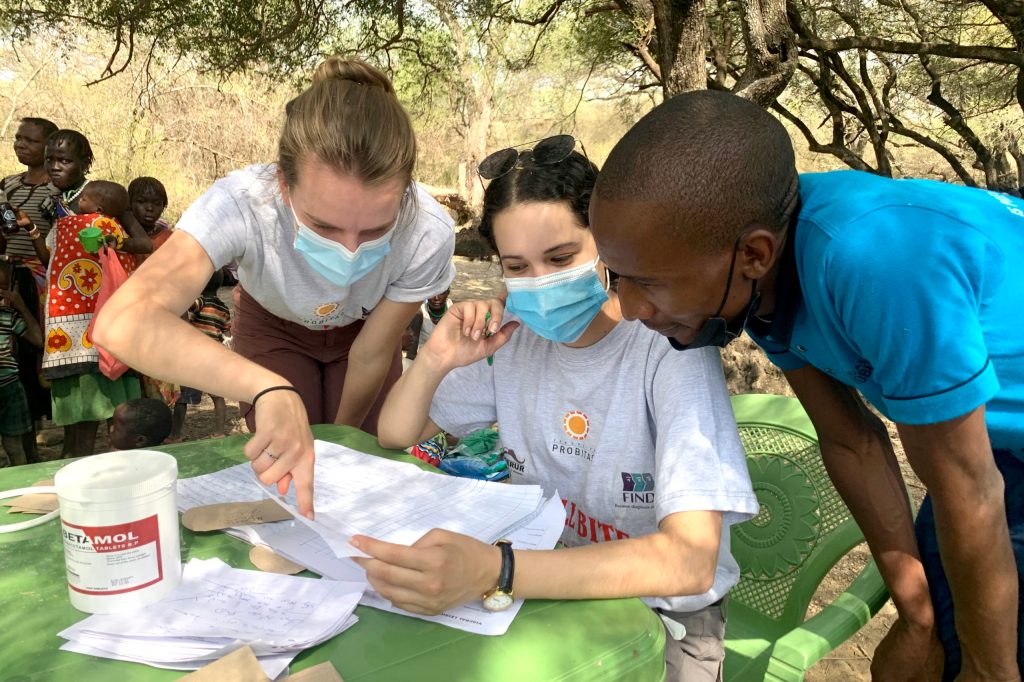
Sarah Weihl and Catherine Wenger, both fifth-year students at Northeastern, had only recently begun their research into the parasitic disease visceral leishmaniasis in Chemolingot, Kenya, when word of a new outbreak of the disease elsewhere in the country reached them.
Weihl, who is studying human services and global health, and Wenger, a student of international affairs and global health, were on co-op at the Research on Multi-Disease and Educational Services Center, or TERMES Center, established by Richard Wamai, associate professor of cultures, societies, and global studies at Northeastern. The students, who had arrived in Kenya less than a month prior, were getting their bearings and beginning to build relationships within the community at Chemolingot when representatives from Kenya’s Ministry of Health tapped the TERMES team to help establish treatment for this new outbreak of visceral leishmaniasis.
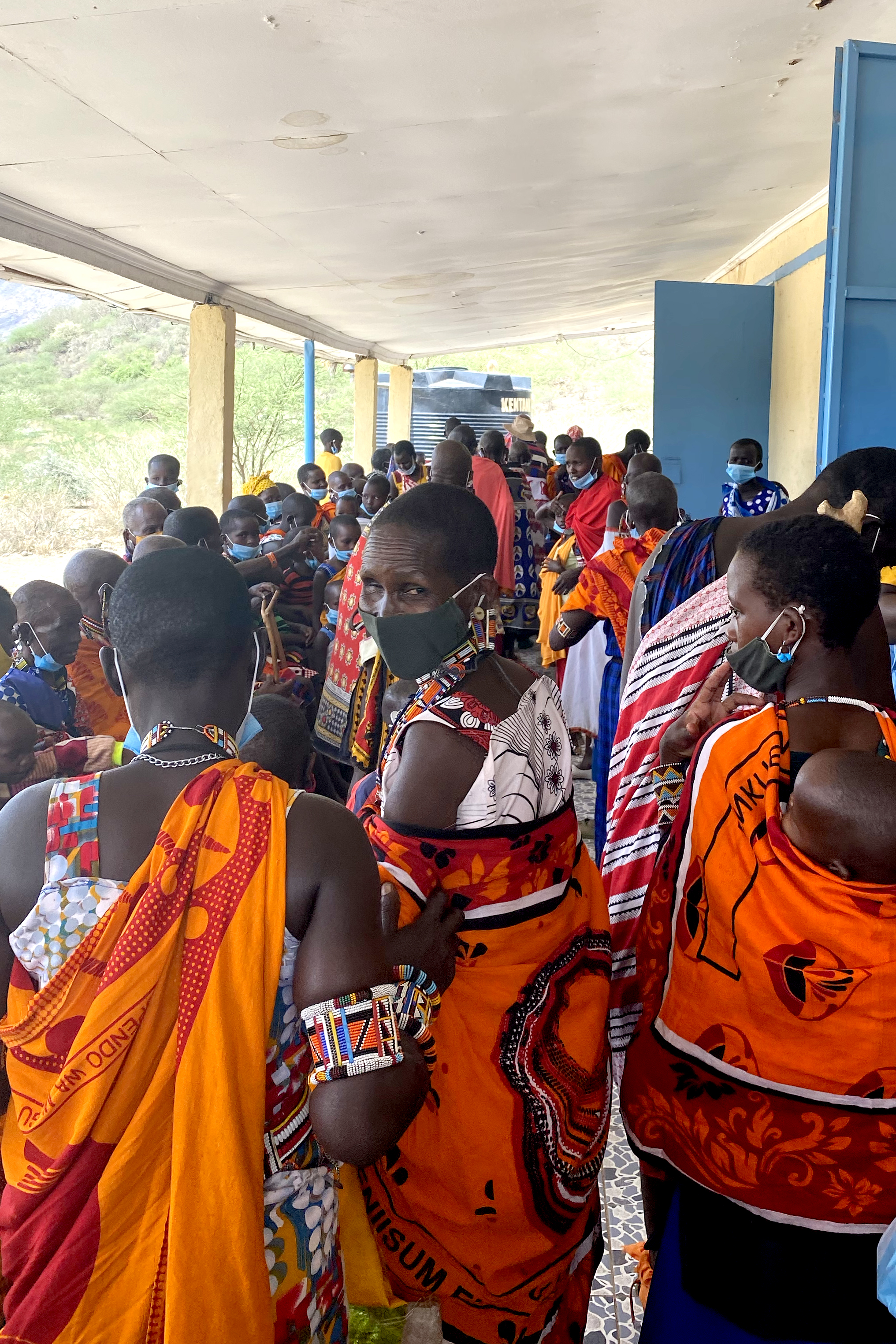
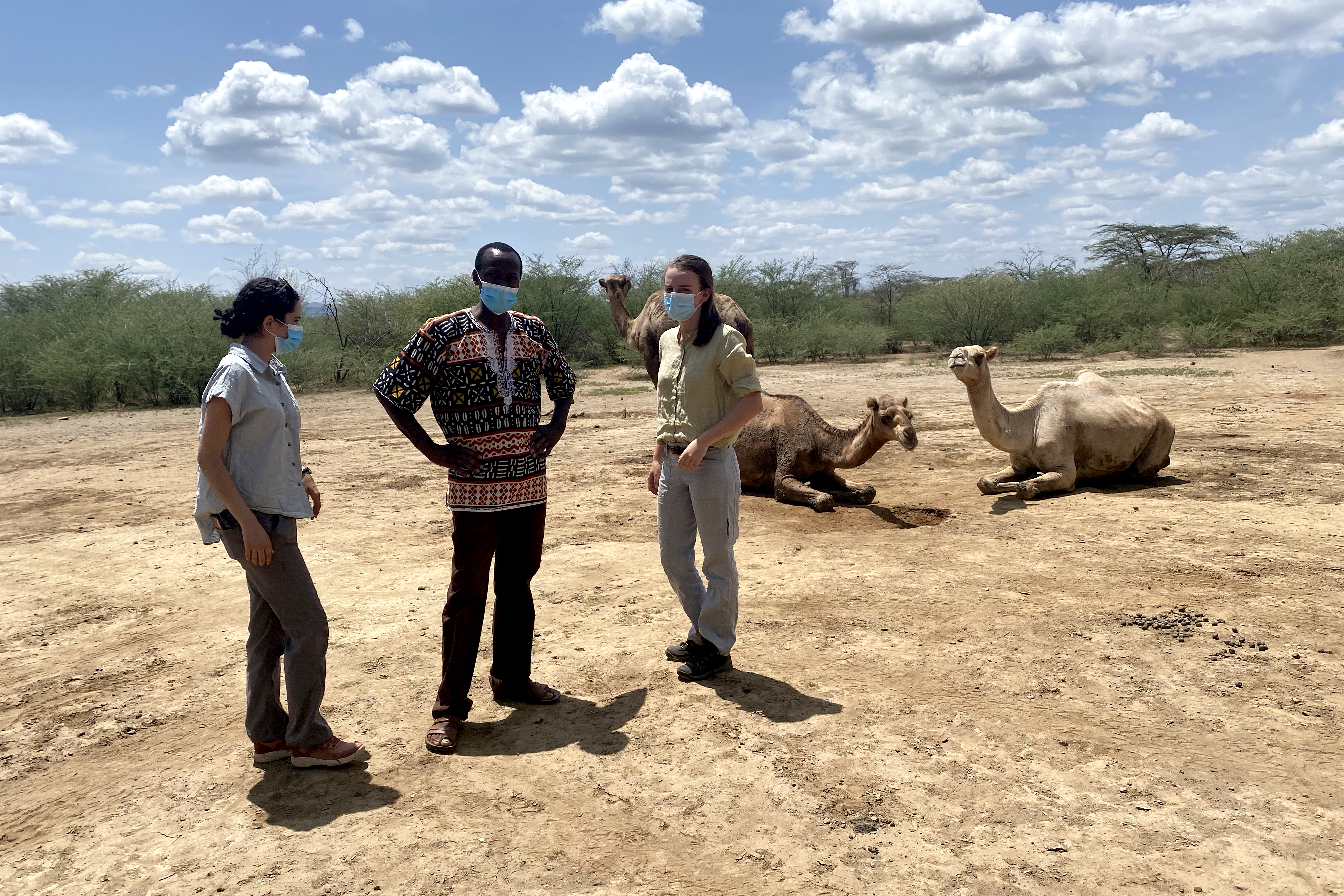

It was a wise choice—Wamai has been collaborating with local health officials and researchers to study the tropical disease and build up a health clinic and research center in the country for the better part of a decade. Weihl and Wenger were on hand to learn from Wamai and the local team and to help digitize and build a database for medical records at the Chemolingot Sub-District Hospital, and spread awareness of the disease.
Visceral leishmaniasis is a deadly strain of a group of leishmaniasis diseases caused by exposure to parasites from the bite of a sandfly. At their mildest, cases of leishmaniasis can cause painful skin lesions, ulcers, and fever. More deadly versions, including visceral leishmaniasis, cause the spleen and liver to enlarge.
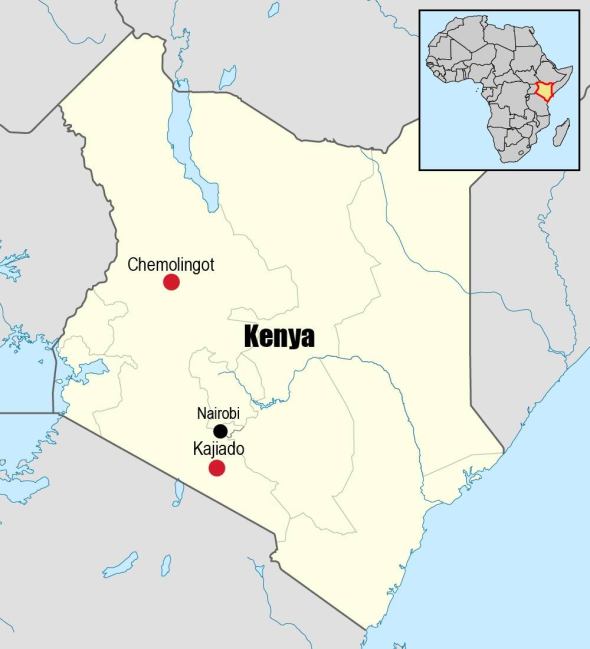
More than 300,000 people are infected with VL each year, and it causes 20,000 deaths, according to the World Health Organization. Kenya is one of seven countries that account for 90% of the infections. The disease can be difficult to diagnose if communities and medical workers don’t know what to look for—issues that Wamai, Weihl, and Wenger helped tackle.
“Every once in a while we’ll have a day where we’d go out with the team, community health volunteers, and other well-respected members of the community to train people in how to recognize the disease and educate families and communities about how to avoid contracting it, and what to do if you have,” said Wenger, whose co-op in the country, along with Weihl’s, ends in mid-December.
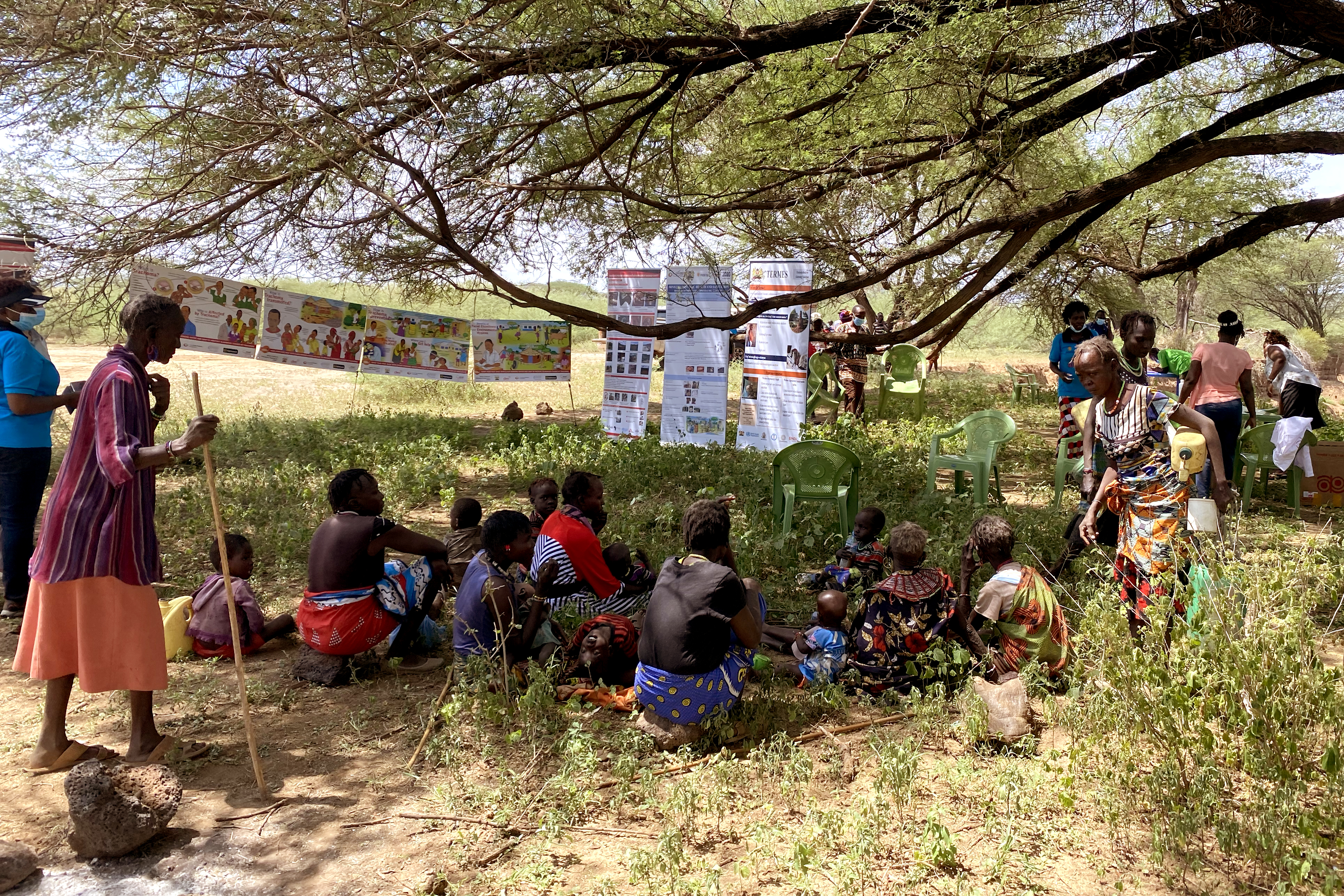
She and Weihl focused much of their time exploring the challenges within healthcare systems when it came to treating visceral leishmaniasis. They collected data and analyzed patient records, as well as interviewed healthcare staff, volunteers, and the patients themselves.
And, during a year when international travel was often uncertain because of the COVID-19 pandemic, both Wenger and Weihl said they were grateful to have the opportunity to embed within this community.
“We couldn’t even have done a lot of the work we’re doing if we were remote,” Weihl said. “So much of how this hospital runs is with paper records, and even more importantly, it was essential for us to make connections with the community we’re serving.”
The two students were based in Nairobi, and would travel some days to the research center and field hospital in Chemolingot—about 165 miles northwest. The Kenyan Ministry of Health was concerned about a new outbreak in Kajiado, about 50 miles south of the capital city. But the center in Chemolingot was one of only a few in the country that specialized in visceral leishmaniasis, which meant that patients from Kajiado would have had to make a two-day trip for a course of treatment that lasts, at minimum, 17 days.
“We know that a large percentage of VL cases occur in children,” Weihl said, “which means that their parent would have to be away for almost three weeks just to get treatment in our program. That’s a long time for someone to be out of work and away from the rest of their family.”
Instead, health ministry officials asked the TERMES team to assess the facilities closer to Kajiado in order to set up a treatment site closer to the epicenter of the outbreak.
Wenger, Weihl, and the rest of the team split into two groups to tour existing facilities in the surrounding area and take stock of available capacity, supplies, and staff, then make a recommendation to the Ministry of Health.
Within weeks, and on the recommendation of the TERMES team, the health ministry set up a clinic that was two hours, instead of two days, away for most families.
Both students say the work was rewarding, and the hands-on experience invaluable.
“I wanted to be fully embedded in a community and be part of finding a solution that was guided by the people who really know what’s going on and really know about the problem,” Wenger said. “The relationships we built made the result of that program much more meaningful.”
For media inquiries, please contact media@northeastern.edu.





